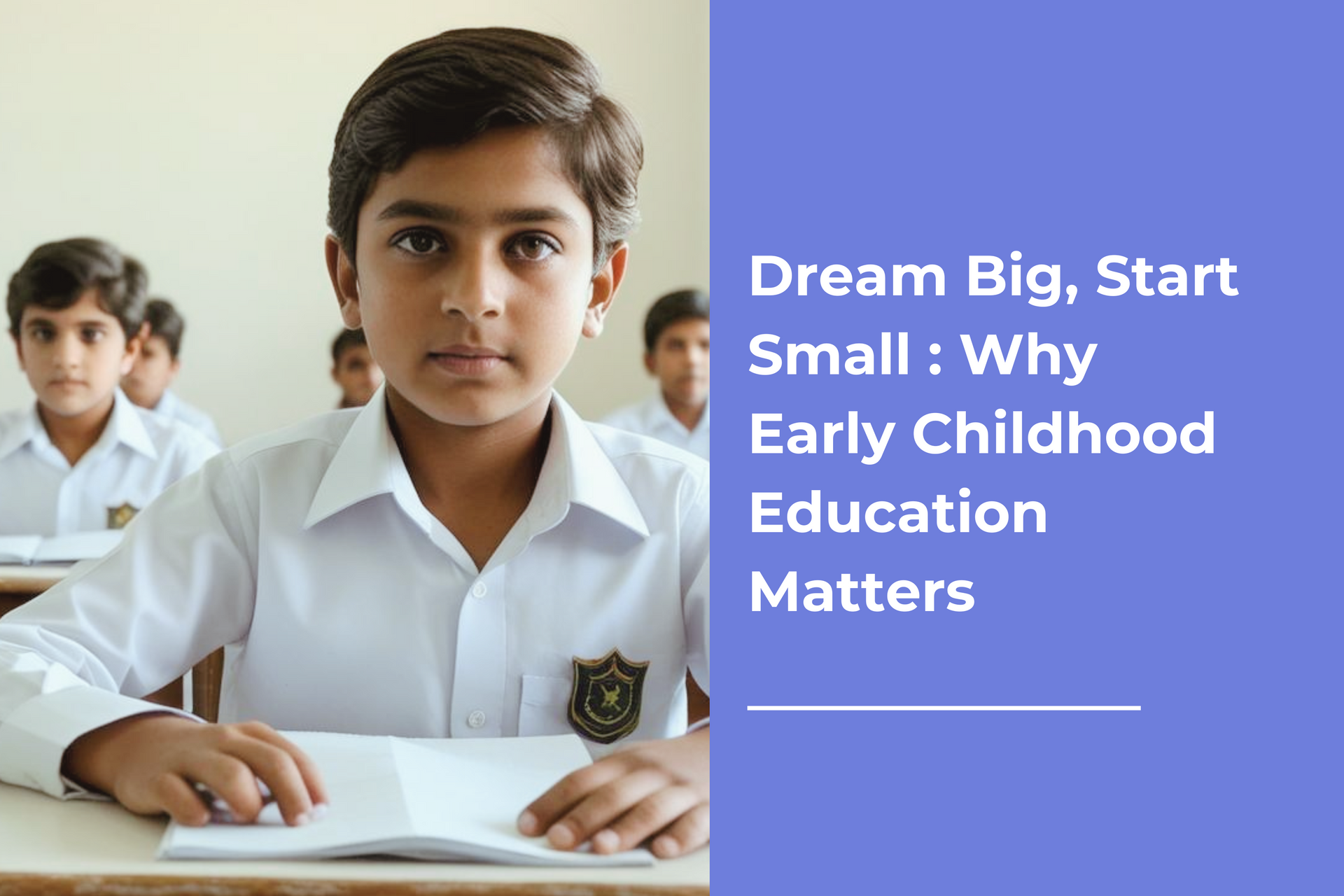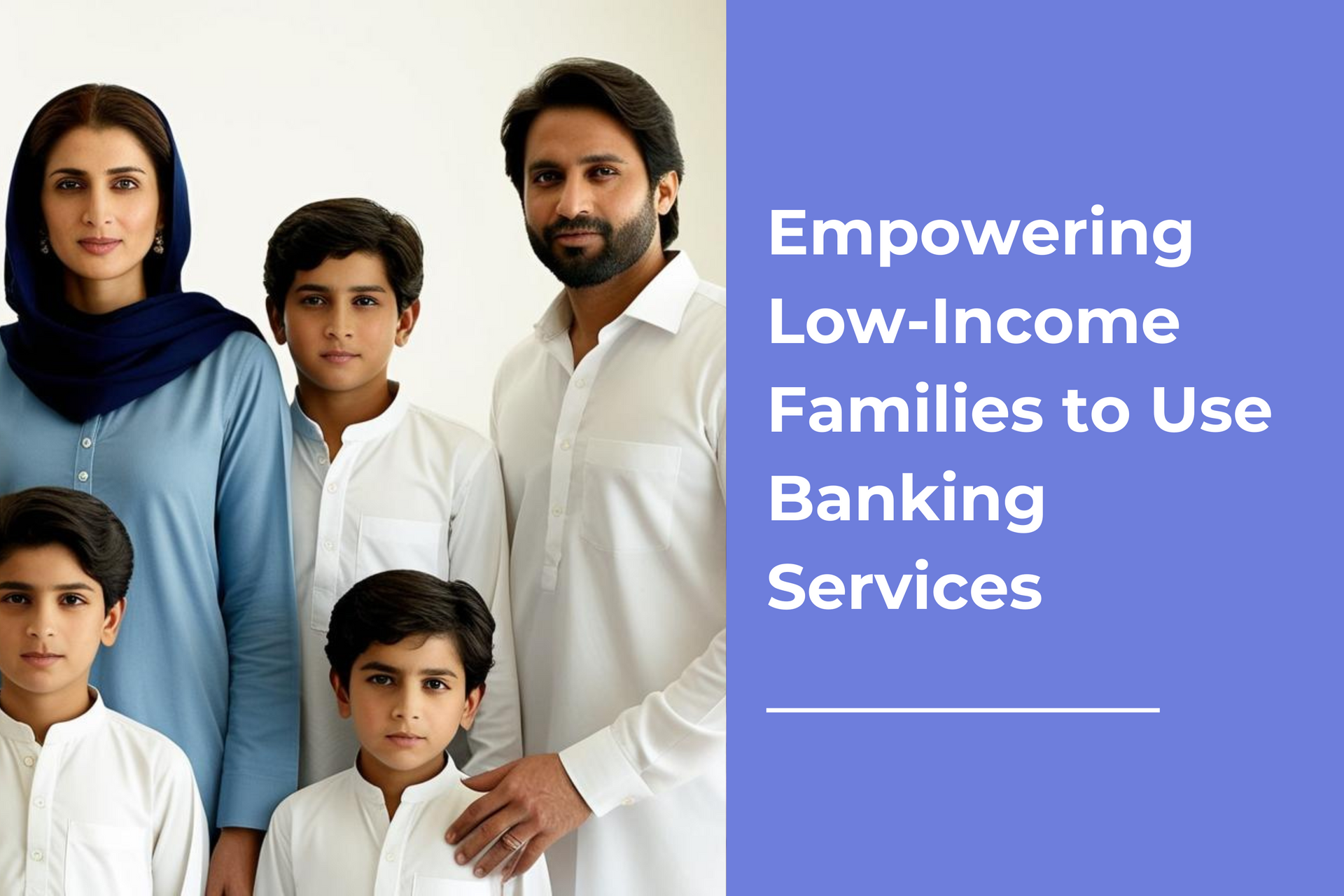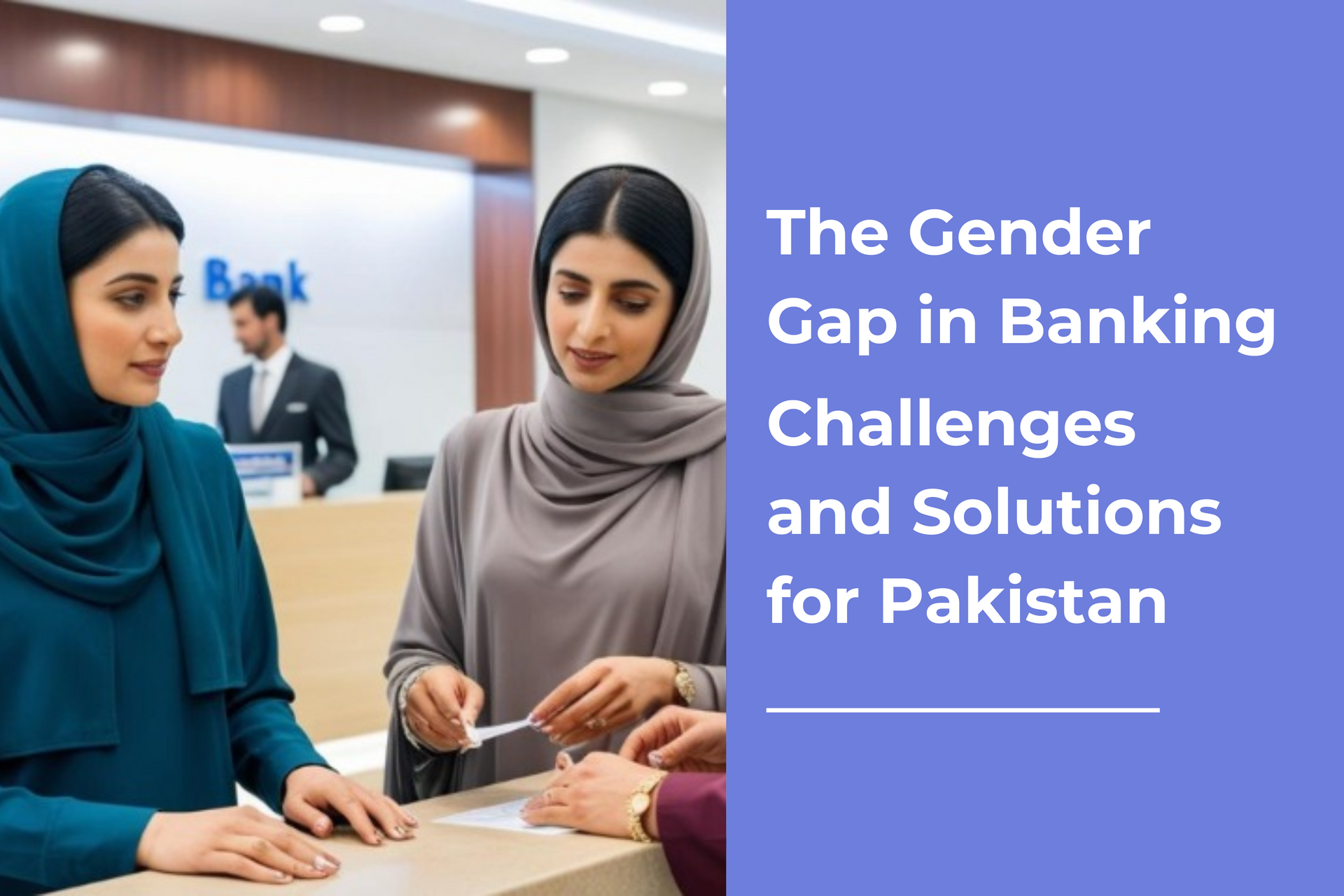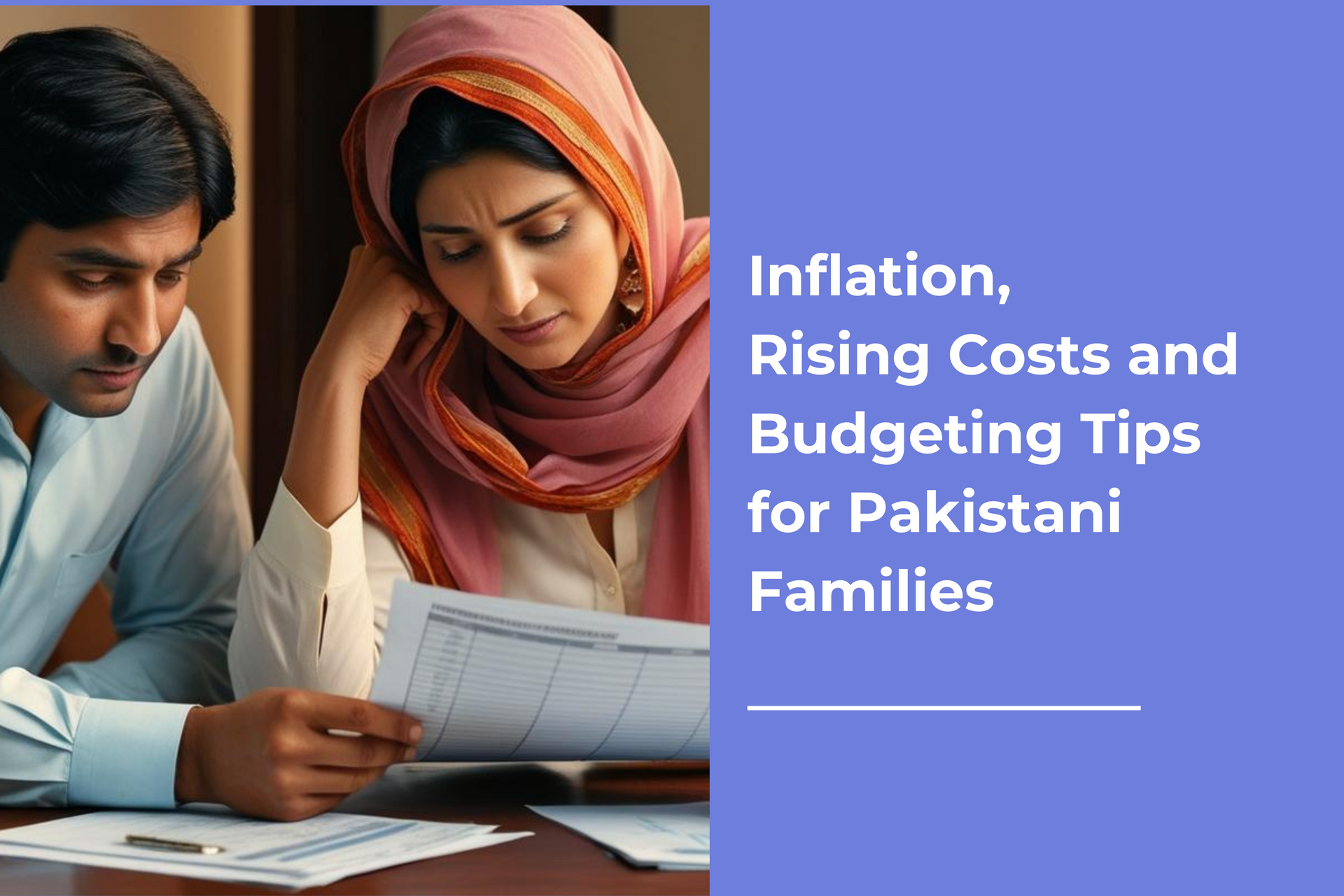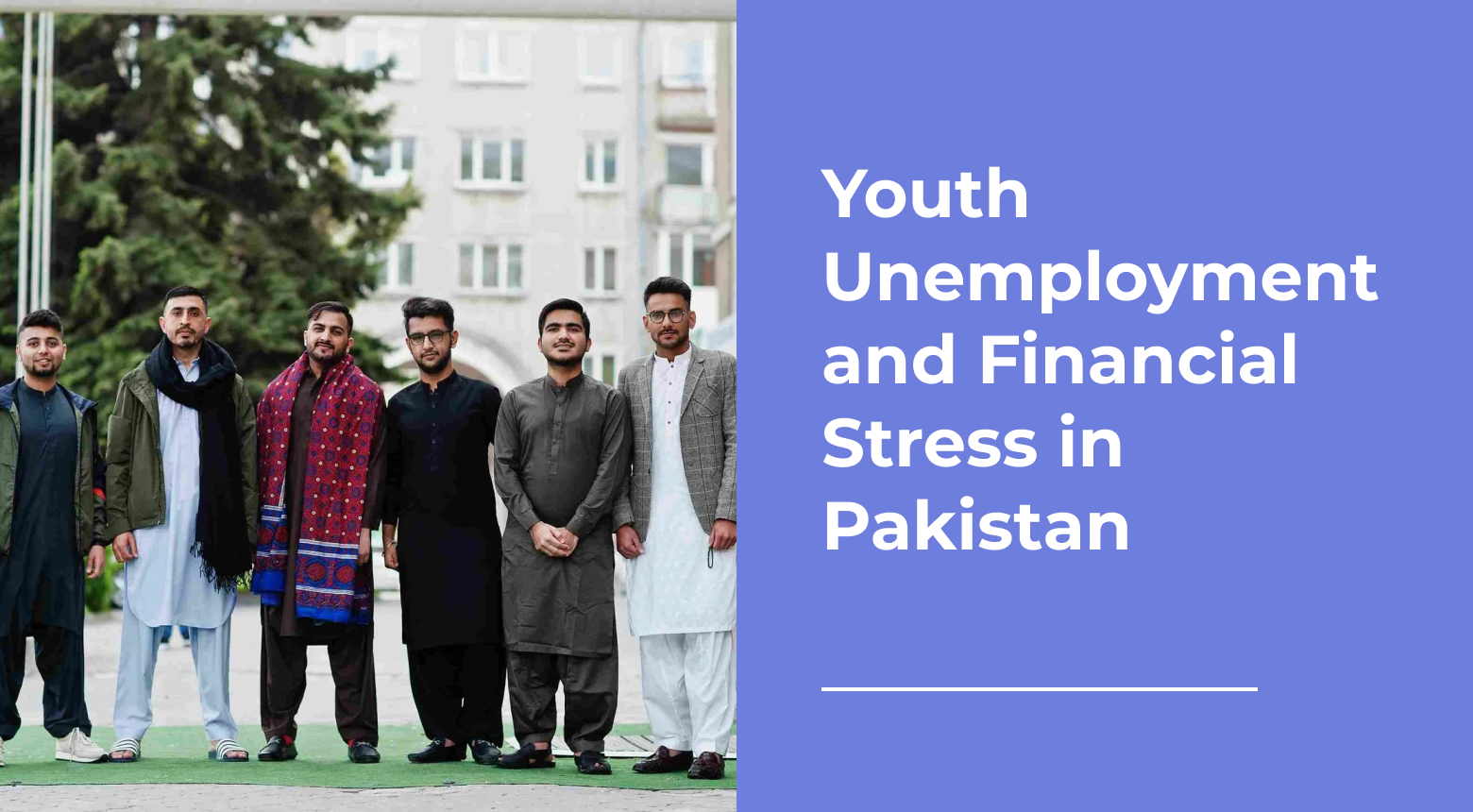
Digital Literacy:
The Future of Education in Pakistan

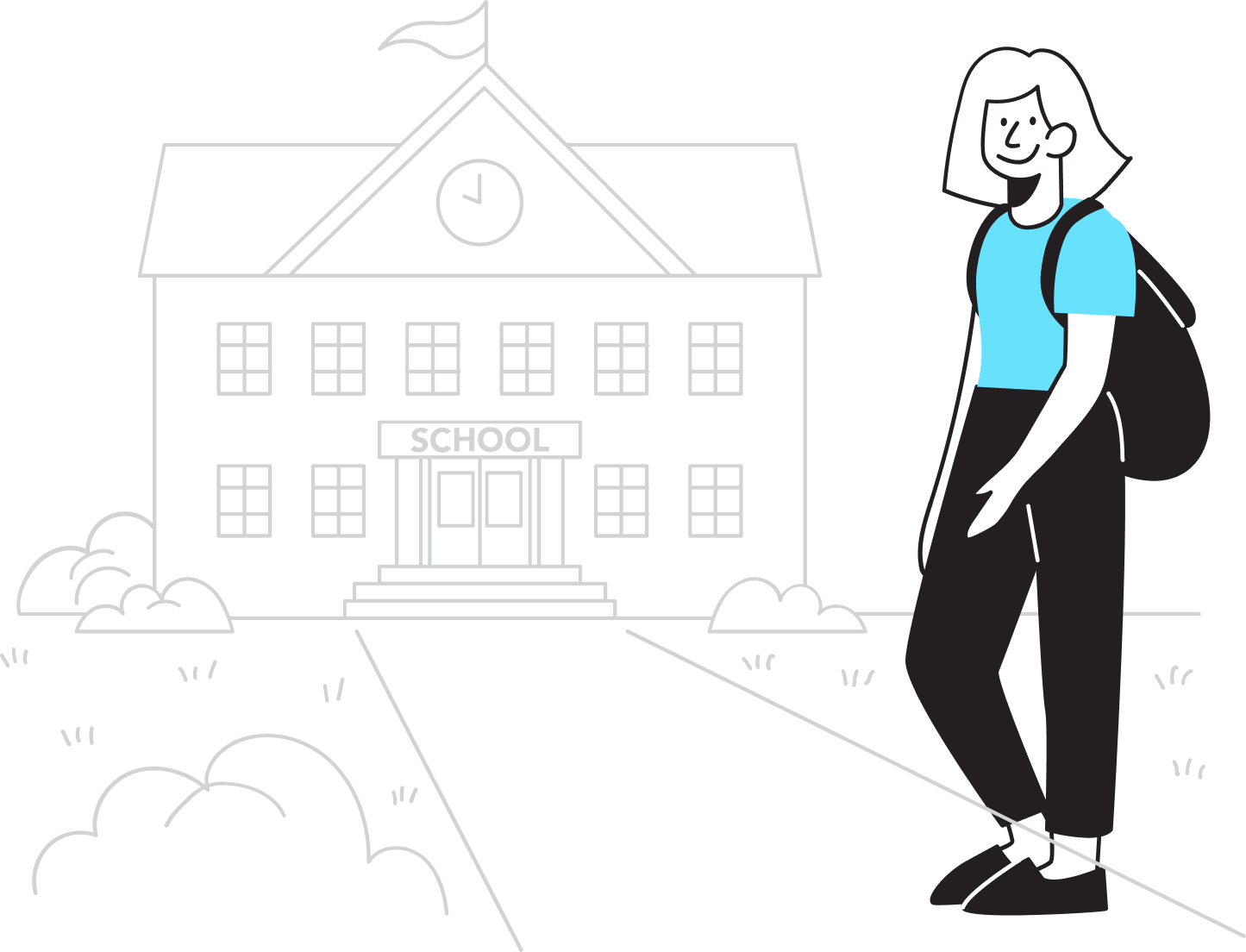
It’s a bright morning in a small village in rural Sindh. Amna, a 12-year-old girl, sits in her home with a second-hand tablet, learning science through an app in her native language. Just a year ago, she didn’t have access to education beyond a few outdated books. Today, through a low-cost digital learning initiative, Amna dreams of becoming a doctor.
Stories like Amna’s highlight the transformative potential of digital literacy in Pakistan. As we look to the future, one thing is clear: the future of education in Pakistan hinges on how effectively we close the digital divide and empower every citizen with the skills needed to thrive in a technology-driven world.
Bridging the Regional Digital Divide
The disparity in digital access across Pakistan is glaring. While cities like Lahore and Karachi enjoy relatively strong internet connectivity, many rural areas lag far behind. For example, the UNDP’s National Human Development Report 2023/24 highlights that in Balochistan, 19 districts fall under the "very low digital development" category. Similarly, vast disparities exist in Sindh and KP, where rural students struggle to access basic educational resources that their urban counterparts take for granted.
To illustrate the issue more clearly: out of the 36 districts in Punjab, only Lahore and Rawalpindi rank in the "high digital development" category. Karachi stands alone in Sindh, while KP has just Abbottabad and Peshawar. Balochistan, the largest province geographically, has no districts in the "high" category and only two, Quetta and Pishin, at "moderate digital development." This regional disparity underscores the urgency of targeted efforts to bring
digital education to underserved areas, particularly through improved infrastructure and affordable access.
Practical Solutions for Digital Literacy
To bridge the
digital divide, we must implement solutions that are inclusive and practical. Here’s how:
Infrastructure Investment:
The government and private sector must prioritize broadband expansion in rural areas. For instance, projects like the Universal Service Fund (USF) have already initiated broadband coverage in remote areas, but such efforts need to scale up significantly.
Localized Learning Content:
Platforms like Taleemabad, which deliver curriculum-aligned content in Urdu and regional languages, exemplify how digital tools can meet diverse community needs.
Teacher Training Programs:
Initiatives like the IT Labs Program in Punjab have shown that equipping teachers with digital skills can transform classrooms into tech-enabled learning environments.
Mobile Learning Solutions:
With 130 million broadband users and 192 million telecom subscribers (PTA, 2023), mobile apps and SMS-based learning programs can provide immediate, scalable access to education.
These solutions, tailored to meet local needs, can help Pakistan unlock its
digital education
potential.
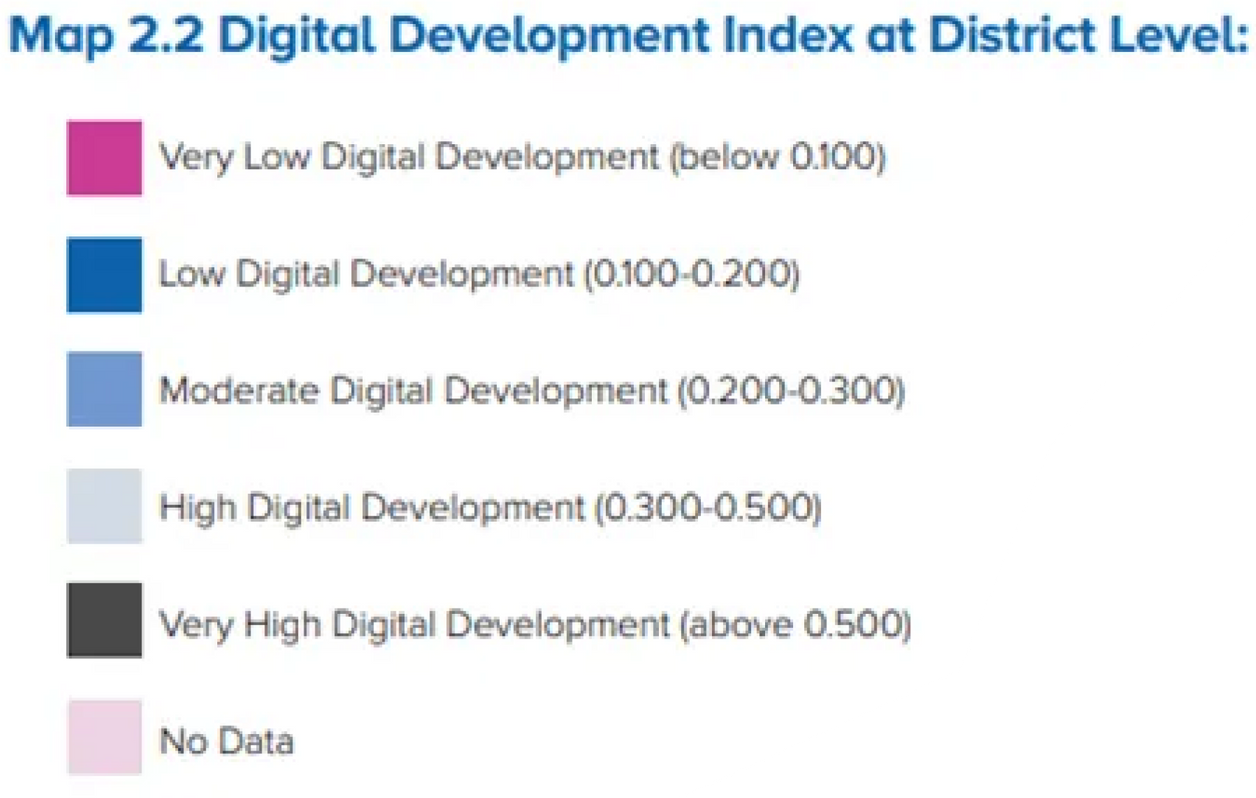
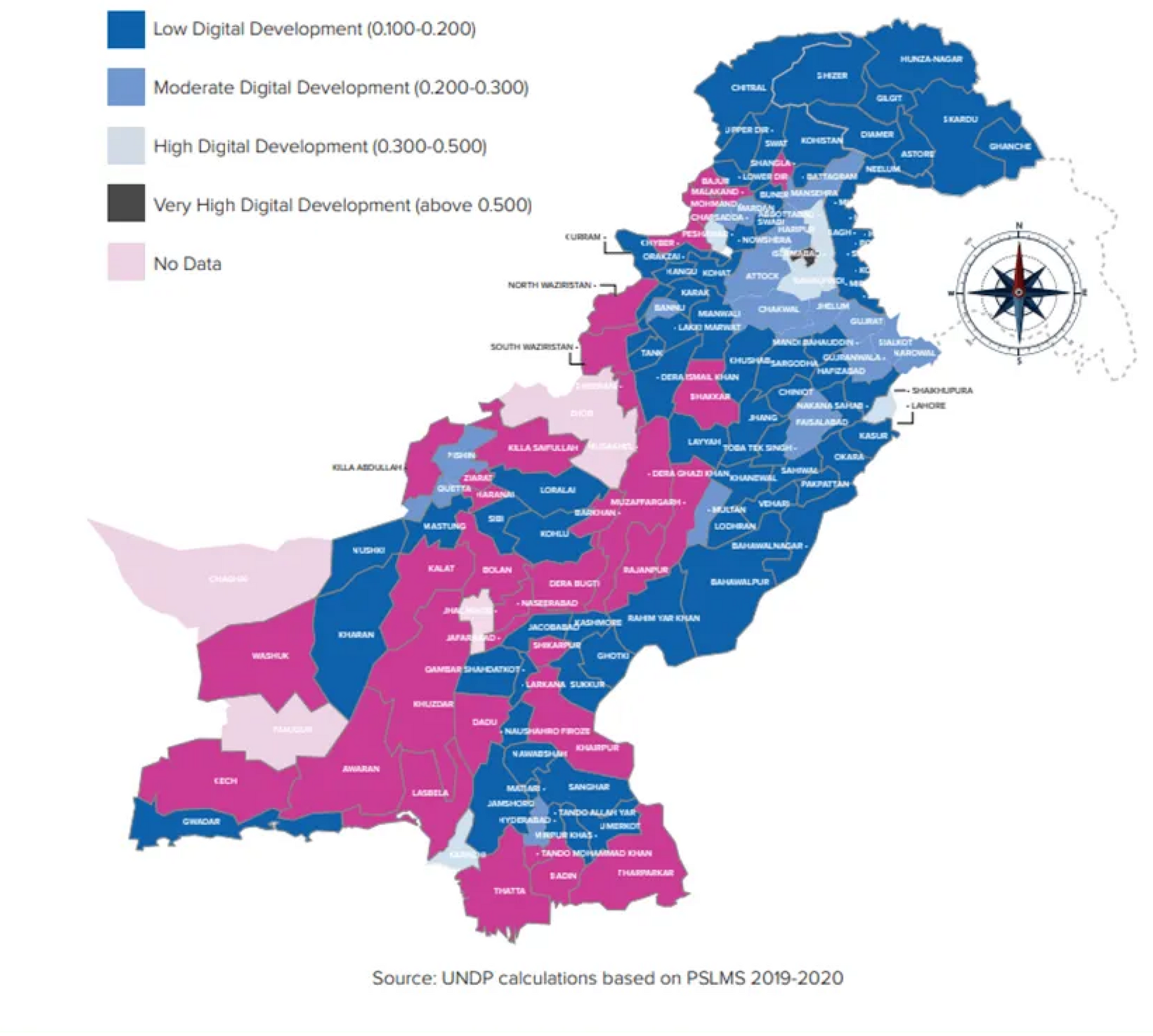
Beyond Skills: Digital Literacy as a Catalyst for Growth
Digital literacy is more than just a technical skill; it’s a pathway to economic empowerment. For example, women in rural Pakistan, who often face cultural or logistical barriers to traditional work, could benefit from at-home job opportunities enabled by digital platforms. Programs like SheCodes Pakistan are already equipping women with coding skills, fostering both economic independence and community development.
On a global scale, the rise of artificial intelligence (AI) underscores the importance of digital skills. As McKinsey projects AI to contribute $13 trillion to the global economy by 2030, Pakistan must prepare its workforce to leverage these opportunities.
Consider the immense potential of artificial intelligence (AI), which is projected to contribute $13 trillion to the global economy by 2030, according to McKinsey & Company. As AI continues to advance, digital literacy will be essential to harness its power and create new opportunities. By equipping individuals with the skills to navigate the digital age, we can ensure that Pakistan benefits from the economic and social advantages of technological innovation.
Recognizing and Overcoming Social Barriers
However, achieving widespread
digital literacy isn’t just a technical challenge; it’s a cultural one. Social norms and economic constraints often restrict access to
technology, particularly for women and marginalized groups. To overcome these barriers, we need:
Community Engagement:
Collaborating with local leaders to address resistance and promote digital tools as enablers of education and opportunity.
Affordable Solutions:
Subsidized devices and internet packages tailored for low-income families can make digital access more equitable.
Empowerment Programs for Women:
Encouraging women to learn and lead in the digital space, through initiatives like the Digital Skills for All (DigiSkills) program.

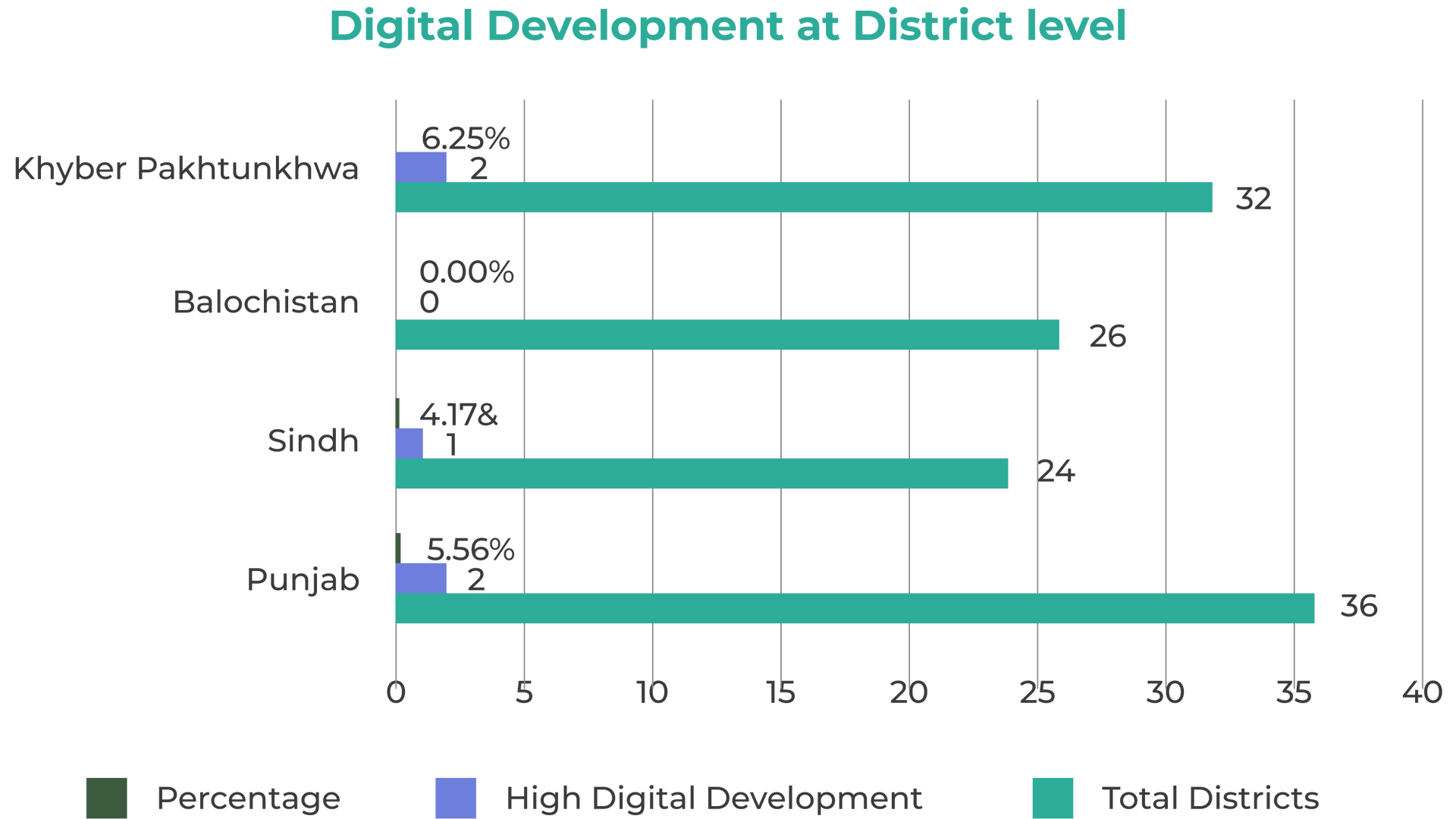
Building a Roadmap for Digital Literacy
To build a sustainable digital education ecosystem, Pakistan needs a roadmap that prioritizes:

Conclusion: Turning Vision into Reality
Amna’s story is just one among millions waiting to unfold. By addressing the digital divide with strategic, inclusive solutions, we can ensure that every child in Pakistan, regardless of geography or socio-economic background, has access to quality education.
The path forward is clear: Pakistan must invest in
digital literacy not just as a tool for education but as a foundation for economic and social progress. Let’s envision a future where every child has the opportunity to learn, grow, and contribute to a thriving, digitally empowered Pakistan.

Need Help?
🏠︎ Dolmen Executive Towers, Level 7
Clifton Block 4, Karachi, Pakistan
Postal Code 75600
